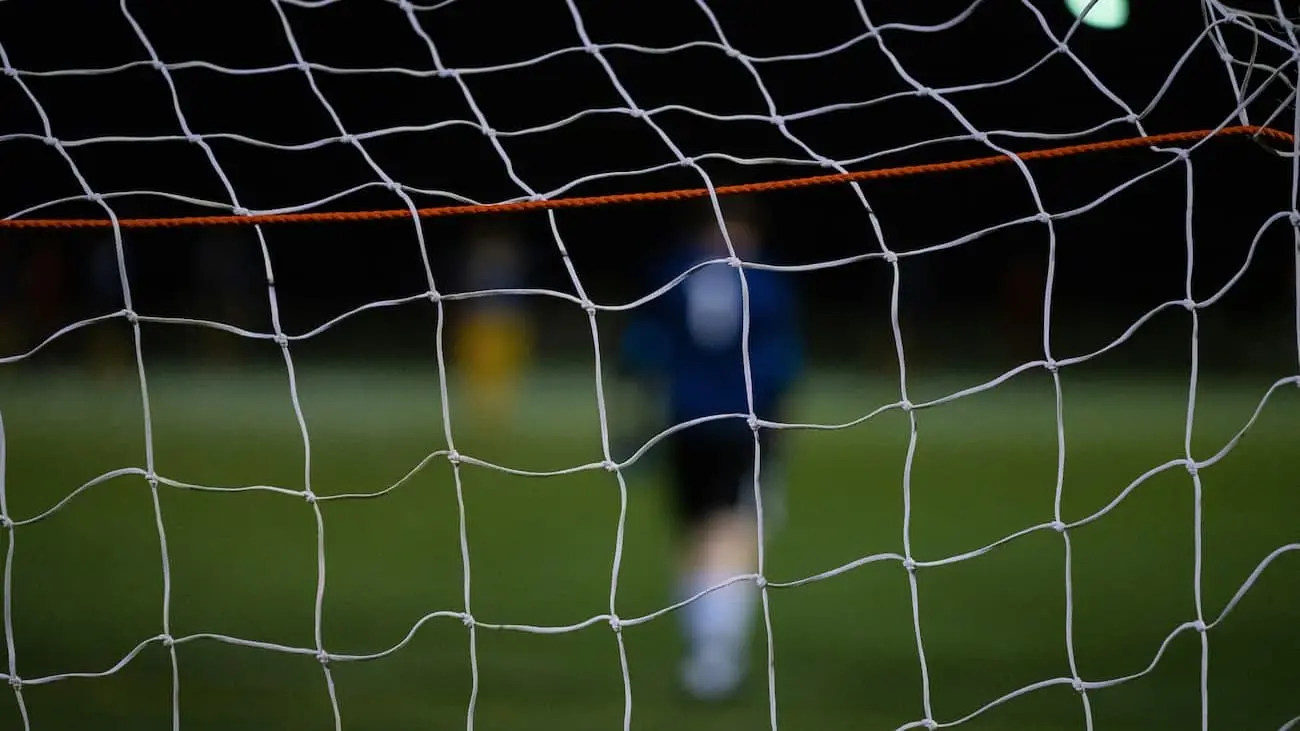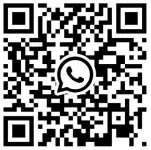MY SUMMARY OF THE FIRST BALLER LEAGUE SEASON
Thiago Calderaro
The first season of the Baller League concluded with an impressive Final Four tournament in the PSD Bank Dome in Düsseldorf, witnessed by 12,500 spectators. Streets United, managed by team manager Alisha Lehmann and co-founder Lukas Podolski, emerged victorious in a spectacular 7-5 final against Calcio Berlin. Throughout the eleven-week season, twelve teams competed in a six-a-side format. Prominent former and active football figures such as Mats Hummels, Christoph Kramer, and Kevin-Prince Boateng made appearances, showcasing that football in a smaller, yet more intense setting, can offer an exciting alternative to traditional football.
Teams of the First Season
Streets United (Team Managers: Lukas Podolski & Alisha Lehmann) in the Final Four, winners
Käfigtiger (Team Manager: Kevin-Prince Boateng & Diyar Acar)
Las Ligas Ladies (Team Managers: Jule Brand & Selina Cerci) in the Final Four
Protatos (Team Managers: Lars Holzschneider, Lucas Kutting)
Hollywood United (Team Managers: Max Kruse, Knossi)
VfR Zimbos (Team Managers: Tisi Schubech & GamerBrother)
Golden XI (Team Managers: Christoph Kramer & Ana Maria Marković)
Calcio Berlin (Team Managers: Nico Heymer, Christoph Kröger & Niklas Levinsohn) in the Final Four
Eintracht Spandau (Team Managers: Hans Sarpei and HandOfBlood) in the Final Four
Beton Berlin (Team Managers: Kontra K and Felix Lobrecht)
Hardstuck Royale (Team Manager: Maximilian Stemmler aka. Trymacs)
Gönrgy Allstars (Team Managers: Montana Black, Sascha Hellinger)
Clever Brand Integration
The Baller League serves as a positive example of how sports sponsorship can be more than just jersey and perimeter advertising. Brand partners were thoughtfully integrated into the "Baller League" experience. Vodafone brought fans closer to the action with 5G bodycams and sideline cams. The addition of Galaxy Minutes in the last three minutes of each game created extra suspense and dynamically altered the outcomes. Nivea was visible as a hygiene partner during emotional locker room speeches. Teams such as Eintracht Spandau or Gönrgy Allstars utilised the platform to promote their beverages. Overall, the integration of brands felt very native to the experience.
What Could Be Improved?
Many games were overly tactical. Therefore, I would try to break this up in the second season.
Offside: First and foremost, please abolish the offside rule and give the players more room for one-on-one situations.
4+1 instead of 5+1: This simply because the fifth player closes the space in the centre and makes the game more tactical.
Provocation rules: Certain skills such as the Rainbow, Elastico, etc., if performed during an attack without losing the ball, and if a goal is scored as a result, should count double. For the scoring, an independent jury could be introduced, consisting of technically skilled (former) professional players, technical trainers (e.g., from the Munich Football School), and referees.
Points: To break up defensive playing styles and reward offensive football, it should be introduced that a team receives an extra point, for example, if they score three or more goals regardless of the outcome. Additionally, a point could be awarded for the goal of the day, voted by the community. Moreover, the community could choose which team played the most attractive football on the matchday, thus awarding another extra point.
Pitch: The pitch should be smaller to make the game faster in a 4+1 setting. To create more of a street football vibe, a different colour turf than green could be considered. One idea is to play with barriers and nets to create a visual element of a "cage".
Players: The game would be much more versatile and exciting if the mentality of the game was diversified. This means incorporating more futsal players, beach soccer players, and freestylers who have a different relationship to the game than football players.
Live Table: Especially during crucial games, a live table was often missing. I wanted to know which teams were qualified for the Final Four at that time, but I had to wait for a brief display or the end of the matchday to see the updated table. A real-time scheduling tool like CoachingArea would have been very helpful for providing real-time information.
Second Season Starts in July
The second season of the Baller League is set for July, aiming to build on the successes of the first season. The number of participating teams will be increased to 14, creating new opportunities for players. With the successful first season that exceeded expectations and the strategic integration of strong brand partners, a promising future for the Baller League is laid out. It will be interesting to see the impact of the Baller League on this year's starting Icon League and vice versa. Can both leagues coexist?
Sources
1. https://www.zdf.de/nachrichten/sport/fussball-baller-league-lukas-podolski-finale-100.html
3. https://www.vodafone.de/featured/inside-vodafone/vodafone-baller-league-hallenfussball-projekt/#/
Continue Reading
This might also interest you:







